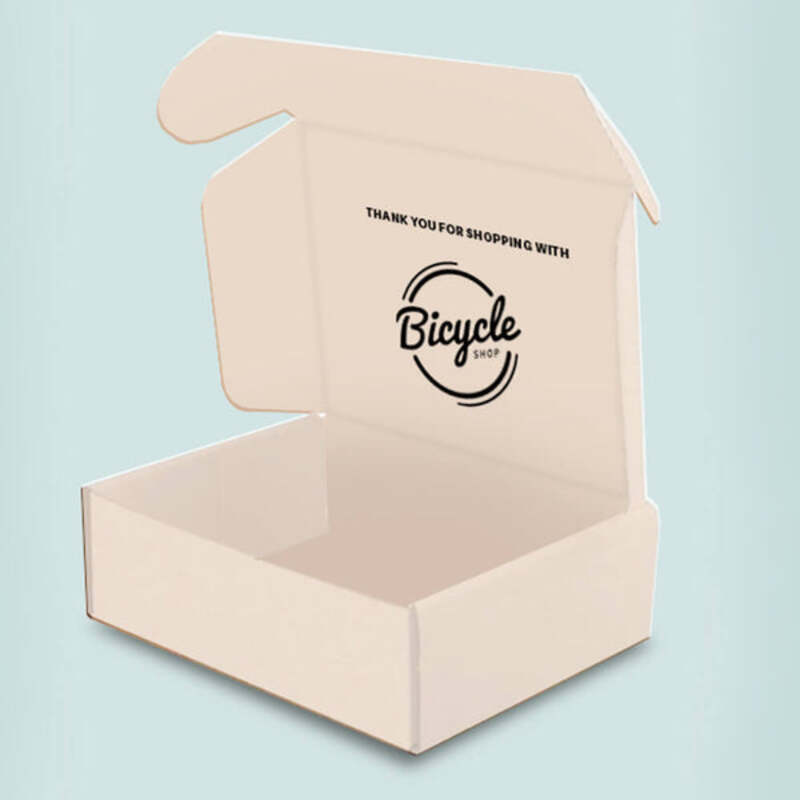The Essential Guide to Packaging Tape A Staple for Every Household and Business
In the world of packaging and shipping, one item stands out as an essential tool—packaging tape. Whether you’re preparing a shipment for your business, sending gifts to loved ones, or organizing items around your home, the right packaging tape can make all the difference. This article explores the various types of packaging tape, their uses, and some tips on selecting the right one for your needs.
Understanding Packaging Tape
Packaging tape is a pressure-sensitive tape used primarily for sealing boxes and securing multiple items together. It is typically made of a durable material, such as plastic or vinyl, and is coated with an adhesive that ensures a strong bond once applied. The most common type of packaging tape is acrylic tape, known for its clarity and strength, but there are several other options that cater to different requirements.
Types of Packaging Tape
1. Acrylic Tape This is the most commonly used packaging tape. It offers excellent adhesion and clarity, making it ideal for both home and commercial use. Acrylic tape is also UV resistant, making it suitable for storage in varying environmental conditions.
2. Hot Melt Tape Made from synthetic rubber, hot melt tape has a more aggressive adhesive compared to acrylic tape. It works well in situations where a strong initial tack is needed. This tape is often used in heavier shipping applications, as it can bond securely to corrugated cardboard.
3. Paper Tape An eco-friendly option, paper tape is made from natural materials and can be recycled along with cardboard. It is often used in gift wrapping and various arts and crafts projects. Paper tape requires water activation to create a bond, making it slightly less convenient for quick packages but excellent for longer-lasting seals.
4. Custom Printed Tape For businesses looking to brand their packaging, custom printed tape is a perfect choice. This type of tape can feature logos, slogans, or any design that represents the company’s identity. Besides adding a personal touch, branded tape can also deter theft and tampering.
Choosing the Right Packaging Tape
When selecting packaging tape, consider the following factors
packaging tape

- Material Strength Choose a tape that matches the weight and nature of the items you are shipping. Heavier items require a stronger tape to prevent breakage and ensure secure closure.
- Environmental Conditions If your packages will be exposed to moisture or varying temperatures, select water-resistant or UV-resistant tape to maintain its adhesive properties.
- Application Method Decide whether you prefer to use a dispenser for your tape or apply it manually. Some tapes, like paper tape, may require a specific application technique, while acrylic and hot melt tapes can easily be dispensed.
- Length and Width Consider the dimensions of the tape. A wider tape will cover more surface area and provide a stronger seal, but may not fit in smaller packaging applications.
Tips for Application
To get the best performance from your packaging tape, follow these application tips
- Surface Preparation Ensure that the surface you are taping is clean, dry, and free of dust. This allows the adhesive to bond effectively.
- Sealing Technique Apply the tape in a straight line across the seam of the package, pressing down firmly. For added security, use multiple strips on larger boxes.
- Check the Seal After applying the tape, run your hand over the entire length to ensure a secure bond. If there are any bubbles or gaps, reapply the tape for optimal security.
In conclusion, packaging tape is a versatile and vital asset for both personal and commercial packing needs. By understanding the different types of tape available and how to apply them effectively, you can ensure that your packages are secure and presentable, ultimately aiding in the safe delivery of goods and gifts alike. Whether you’re a business owner or an enthusiastic organizer, investing in high-quality packaging tape is a smart decision that will pay off in the long run.



